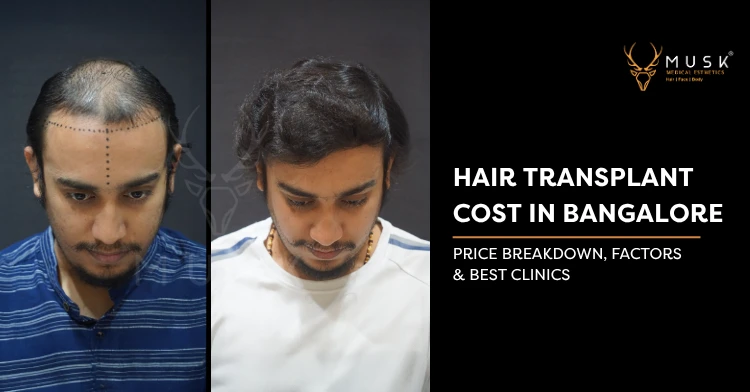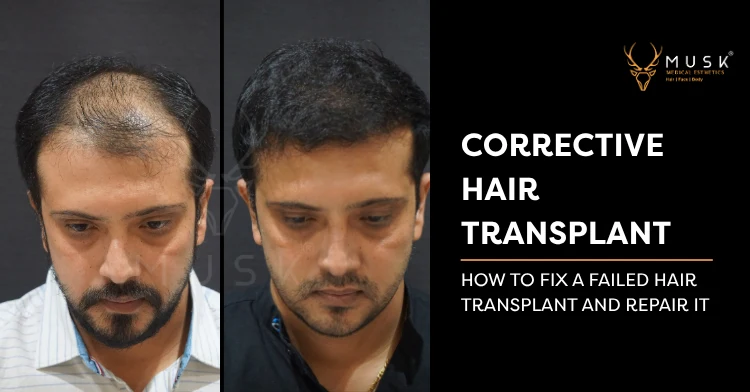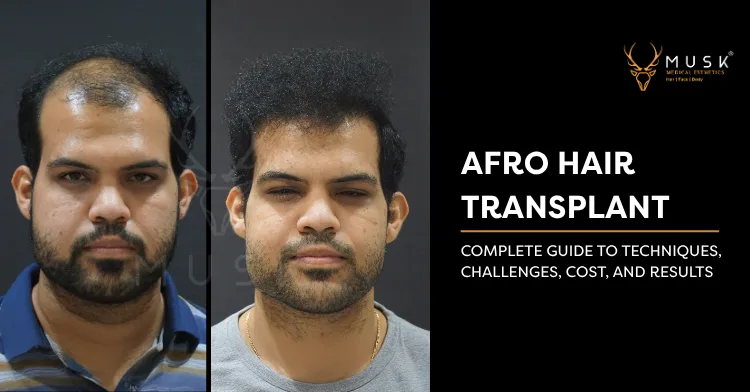PRP for Hair Loss: How Well Does It Work, Is It Safe, and What Does It Cost?
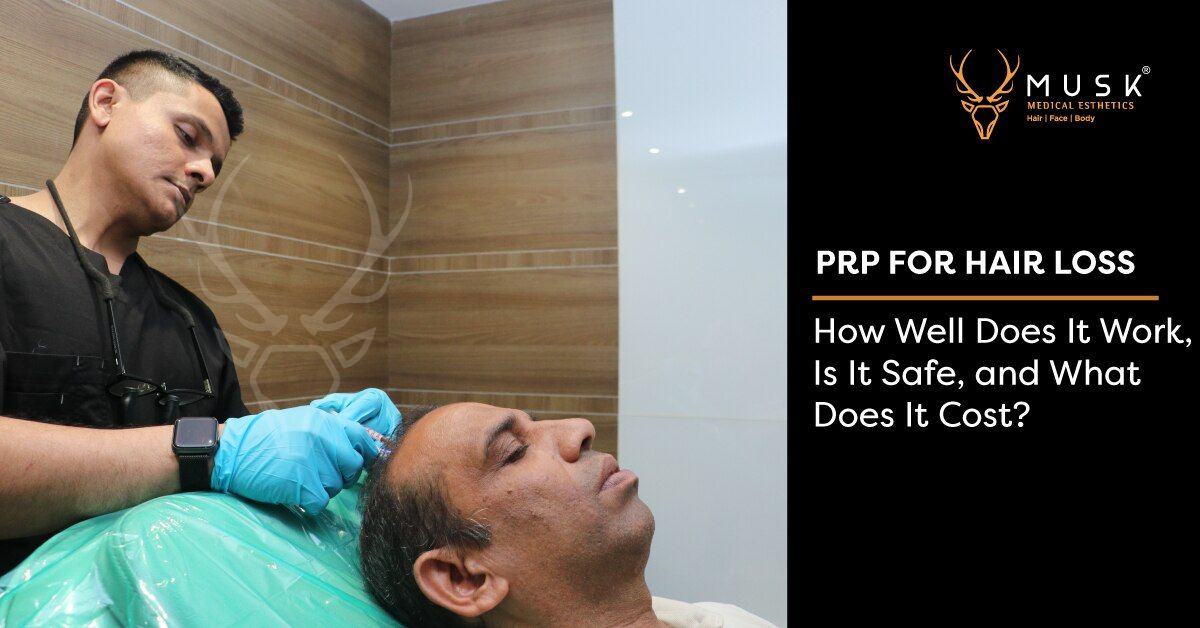
If you’re going through hair loss, you might have heard about PRP injections as an emerging treatment option for dealing with hair loss.
But what is this PRP treatment? More importantly, does PRP treatment really work?
Well, PRP is short for platelet-rich plasma, which is a therapy for hair loss treatment. It involves taking a sample of your own blood, isolating the plasma that contains a high concentration of platelets, and injecting this plasma back into your scalp.
The main idea is that the platelets contain lots of growth factors that can stimulate dormant hair follicles to start regrowing hair again.
This rejuvenates the follicles, reverses miniaturization, and kickstarts new hair growth.
In this post, we will discuss how well this new hair loss therapy works, examine its safety profile, look at the costs involved, and walk through what to expect during a PRP treatment session.
How Well Does PRP Work for Hair Loss?
Over the last decade, dozens of small clinical studies have tested PRP for pattern hair loss. So far, the results are both a mix of positive and negative. In simple terms, some studies demonstrate significantly increased hair density and reduced hair loss after a series of PRP treatments.
For example, one trial on alopecia areata showed up to 97% of patients growing new hair after 6 months.
However, other studies show more modest results, with no significant difference in hair regrowth between PRP and placebo treatments.
Part of the problem is that studies have been relatively small, usually with less than 100 patients. Plus, the specific PRP preparation methods and injection techniques used also vary between studies.
As a result, these factors make it difficult to objectively compare findings and reach a consensus on efficacy.
In summary, while early results are promising, current evidence for PRP efficacy in treating hair loss remains inconclusive pending further study.
Is PRP Safe for Hair Loss Treatment?
Because PRP utilizes your body’s own platelets, the risks associated with this treatment are quite low.
Unlike oral medications or surgical transplants, you don’t have to worry about allergic reactions, systemic side effects, or rejecting foreign tissues.
That said, some mild adverse reactions can occur. The most common is pain or irritation at the injection sites, which typically resolves within a day or two. Others include minor headaches, nausea, and dizziness immediately after the procedure. These side effects are temporary and affect less than 5% of patients.
In fact, in all the clinical trials conducted so far, no serious adverse events related to PRP therapy have been reported.
How Much Does PRP Treatment Cost?
Because PRP for hair loss is considered an elective cosmetic treatment, the costs are typically not covered by health insurance. That means you will have to pay for PRP treatment out of your own pocket.
The price can vary widely but you can contact your nearest available clinic to get an idea. Most patients require 3 to 6 sessions spaced 4-6 weeks apart for best results.
That said if you’re wondering what accounts for this broad range in price, here are the main factors:
- The device used to isolate the PRP
- Experience and reputation of the practitioner
- Geographic location and cost of living
- Additional clinic fees and charges
So, when evaluating different providers, choose based on experience and treatment quality rather than just considering cost. It may be worth paying more for a practitioner who specializes in using PRP for hair growth.
Don’t compromise on quality to save a little money. The results are what matters most.
What to Expect During PRP Treatment
If you’re planning to get PRP treatment but wondering what it is actually like to get PRP injections, you’d be happy to know that the process is quite simple.
- Blood draw — Just like any standard blood test, a small amount of blood (around 60mL) is taken from your arm.
- Centrifugation — This spins and separates your blood so that the plasma portion with concentrated platelets can be isolated. This takes around 15 minutes.
- Injections —Using very fine needles, the provider will inject the PRP into your scalp wherever hair loss is observed. You can expect multiple injections across the affected areas. A numbing cream is often applied first to minimize discomfort.
The injections cause an odd tingling, almost achy feeling. Kind of like a bad case of pins and needles.
Any pain is usually tolerable though, especially with numbing cream. Your scalp may feel tighter and a little tender for a couple of days after treatment as well.
Takeaway
Let’s recap the key points:
- Evidence for PRP efficacy is still preliminary but initial results are promising for enhancing hair regrowth.
- PRP poses minimal health risks since it uses your own platelets. Side effects beyond temporary irritation are very uncommon.
- Multiple sessions spaced 1-2 months apart are recommended to boost results. It takes at least 3-6 months to observe new hair coming in.
In a nutshell, PRP therapy is an exciting new option for stimulating natural hair growth with minimal adverse effects.
While more research is needed to confirm its efficacy, especially long-term, PRP is likely a worthwhile treatment to try under the supervision of an experienced practitioner if you are unsatisfied with standard medical approaches for hair loss.
That said, if you’re wondering where to get PRP treatment, MuskClinic has been a top choice. They have a team of highly skilled providers who specialize in using PRP for hair regeneration.
MuskClinic offers a customized approach, using the latest devices and techniques to maximize results. In fact, MuskClinic strives to make PRP therapy affordable by keeping the pricing transparent and competitive as well.
Schedule a consultation to learn more about whether this cutting-edge, regenerative therapy is right for your specific hair loss needs.
